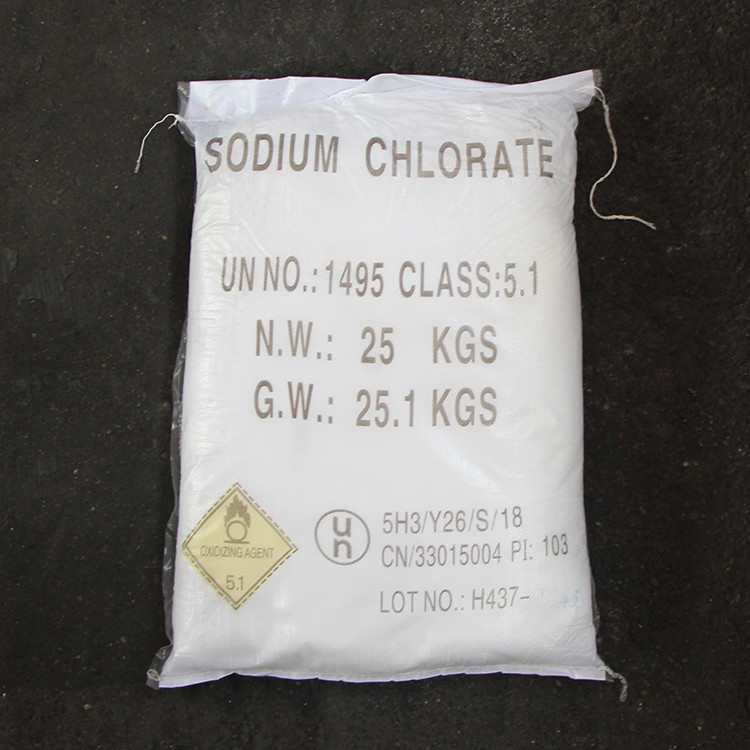



Chemicals Commonly Used in ETP Processes in Industrial Water Treatment
Chemicals Used in Effluent Treatment Plants (ETPs)
Effluent Treatment Plants (ETPs) play a crucial role in managing industrial wastewater and minimizing environmental impact. The treatment of effluent involves various processes, and each process utilizes specific chemicals to ensure complete purification and adherence to environmental standards. This article will discuss the key chemicals used in ETPs and their functions.
Coagulants and Flocculants
One of the primary steps in treating effluent is the removal of suspended solids, which is accomplished using coagulants and flocculants. Coagulants, such as aluminum sulfate (alum), ferric chloride, and polyaluminum chloride, are added to wastewater to neutralize the electrical charges of suspended particles. This neutralization causes the particles to clump together, forming larger aggregates known as flocs.
Flocculants, such as anionic and cationic polyacrylamides, are then introduced to enhance the agglomeration process. These polymers stretch and connect the flocs, aiding their settling during the sedimentation phase. The use of these chemicals significantly improves the efficiency of solid-liquid separation, leading to higher quality effluent.
pH Adjusters
Maintaining the correct pH level is vital for optimal treatment conditions in ETPs. pH adjusters, such as sulfuric acid or sodium hydroxide, are commonly employed to either increase or decrease the pH of the wastewater. For instance, in many biological treatment processes, a neutral pH range (between 6.5 and 8.5) is necessary to facilitate the activity of microorganisms that digest organic matter.
Disinfectants
To ensure that treated effluent is free from pathogenic microorganisms, disinfectants are used in the final stages of treatment. Chlorine is one of the most widely used disinfectants; however, due to its potential to form harmful chlorinated byproducts, alternatives such as ultraviolet (UV) light and ozone are increasingly adopted. These disinfection methods are effective in reducing microbiological contaminants without introducing harmful chemicals into the treated effluent.
what are the chemicals used in etp

Defoamers
Foaming can be a significant issue during wastewater treatment, as it can hinder the separation processes and lead to operational inefficiencies. Defoamers or antifoaming agents are chemical additives used to mitigate foam formation. Commonly used defoamers include silicone-based products and fatty alcohols, which disrupt the surface tension of the foam, allowing for easier removal.
Nutrients
In biological treatment processes, particularly activated sludge systems, nutrients such as nitrogen and phosphorus are essential for the growth and metabolism of microorganisms. To achieve effluent that meets regulatory standards for nutrient levels, chemicals such as ammonium sulfate and various phosphate compounds are added. This addition supports the biological treatment phase, promoting effective degradation of organic matter.
Adsorbents
Adsorbent materials such as activated carbon and certain clay minerals are frequently utilized in ETPs to remove toxins and impurities. Activated carbon works effectively to adsorb dissolved organic compounds, heavy metals, and other pollutants, thereby improving the quality of treated effluent. The choice of adsorbent depends on the specific contaminants present in the wastewater.
Conclusion
The effective operation of Effluent Treatment Plants relies heavily on the strategic use of chemicals at various treatment stages. From coagulants and flocculants to disinfectants and nutrients, each chemical plays a specific role in ensuring that wastewater is treated thoroughly and efficiently. As environmental regulations become more stringent, the development and application of these chemicals will continue to evolve, pushing forward the boundaries of wastewater treatment technology. The ultimate goal remains the same to protect public health and enhance the sustainability of natural water resources.
-
Why Sodium Persulfate Is Everywhere NowNewsJul.07,2025
-
Why Polyacrylamide Is in High DemandNewsJul.07,2025
-
Understanding Paint Chemicals and Their ApplicationsNewsJul.07,2025
-
Smart Use Of Mining ChemicalsNewsJul.07,2025
-
Practical Uses of Potassium MonopersulfateNewsJul.07,2025
-
Agrochemicals In Real FarmingNewsJul.07,2025
-
Sodium Chlorite Hot UsesNewsJul.01,2025










